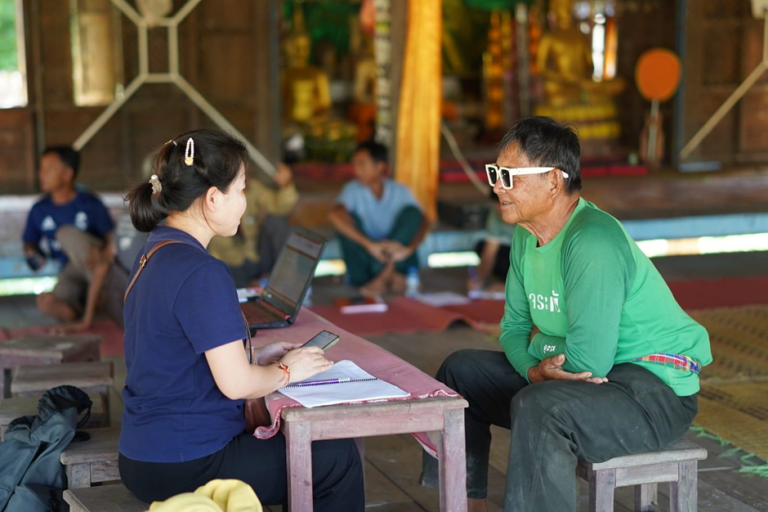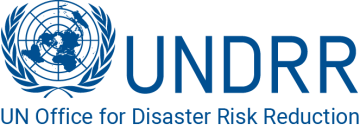

- Climate Resilience and Adaptation
- Disaster Risk Reduction
- Global Framework for Climate Services
- WMO Integrated Global Observing System
- Capacity Development
- Governance
- Observations
- Data Management
- Forecasting
- Service Delivery
- Early Warnings
Project background
The CREWS Cambodia and Lao PDR 2.0 project marks a major step forward in enhancing early warning systems and climate resilience in the sub-region, in particular in Cambodia and Lao PDR. This four-year, USD 7.82 million CREWS investment will run from September 2025 to September 2029. This second phase will build on the strong foundation laid by the CREWS Cambodia and Lao PDR 1.0 project, which supported national institutions to improve their capabilities to forecast for key hazards such as floods and storms, make significant strides improving seasonal to sub-seasonal forecasting, and support flood preparedness at local levels as well as ensuring early warning systems are inclusive.
The project will be led by WMO, working closely with other CREWS implementing partners World Bank and UNDRR, and will be strongly aligned with the Early Warnings for All Initiative. It will look to build on previous achievements to further strengthen the capacity of National Meteorological and Hydrological Services (NMHSs) to deliver accurate, timely, and impact-based forecasts. A key priority will be to enhance capabilities for impact-based flood forecasting and to advance seasonal to sub-seasonal prediction in support of climate-sensitive sectors such as agriculture, water management, and disaster risk reduction.
Looking ahead, the project will emphasize the integration of modern technologies and impact-based forecasting methodologies to ensure early warning services are actionable and user-oriented, including applications for anticipatory action. Collaboration with key sectoral partners will be expanded to translate forecasts into sector-specific products and guidance that directly inform planning and decision-making.
At the community level, the project will reinforce local preparedness and resilience through targeted training, flood risk mapping, and the development of improved response mechanisms such as evacuation planning and standard operating procedures. Particular attention will be paid to vulnerable and at-risk groups, ensuring that early warning systems are inclusive, accessible, and responsive to the needs of all communities.
Objective(s)
To enhance the effectiveness and reach of early warning and early action systems for improved disaster preparedness and strengthened resilience.
Outputs
Output 1.1 - A country and/or region has developed or strengthened legislative and/or institutional frameworks to support and sustain multi-hazard early warning systems
Output 1.2 - multi-hazard needs, gaps and priority assessments, analyses and related investment plans for early warning systems in a country or region are driven by CREWS financing
Output 2.1 - Risk information and tools generated by countries to enable the delivery of impact-based early warnings or advisory services
Output 2.2 - Monitoring, analysis and forecasting of hazards that threaten the country/region are improved and sustained by the countries
Output 2.3 - Warnings are communicated by the countries based on common alerting protocols under agreed standard operational procedures (SOPs)
Output 2.4 - Warnings are received, understood and acted upon based on co-produced preparedness and response plans by the countries
Output 3.1 - People of different backgrounds, gender, youth, older persons, people with disability, poor, marginalized, displaced, and non-native, as well as related institutions have co-produced climate and weather information products tailored to their needs
Output 3.2 - Private sector is engaged to foster innovation and sustainability in delivery of early warning services
Expected outcomes
- National and local multi-hazard early warning systems prioritized and funded
- Improved early warning service delivery and accessibility by national and regional institutions
- Early warning programmes driven by people-centered and gender-responsive principles and promote private sector engagement
- Region:
- Region II: Asia





